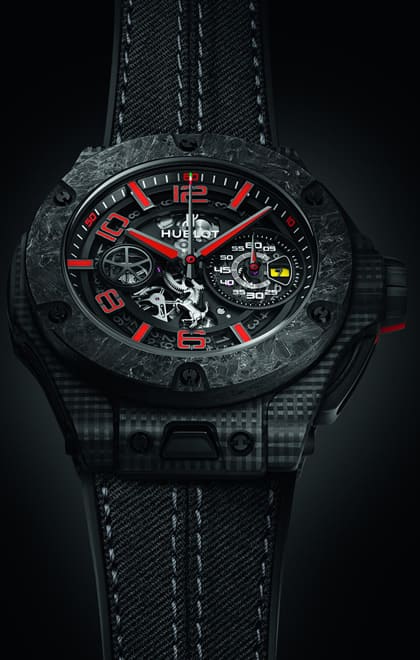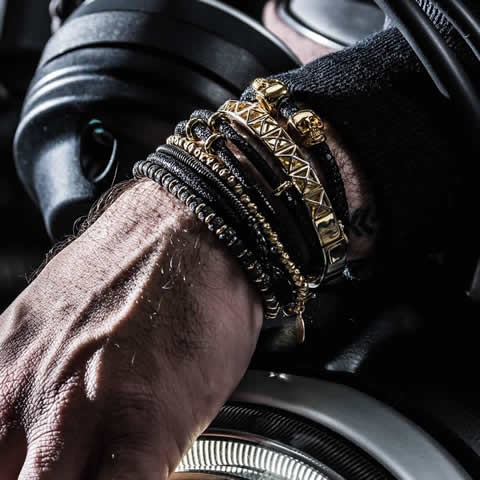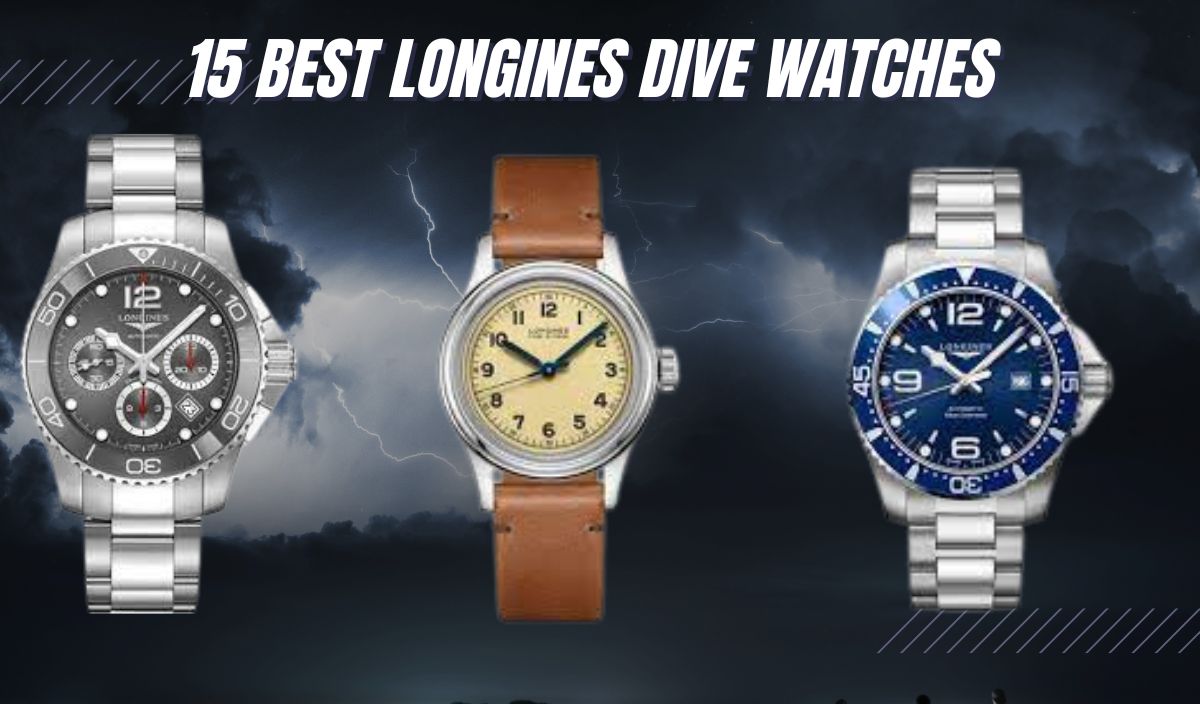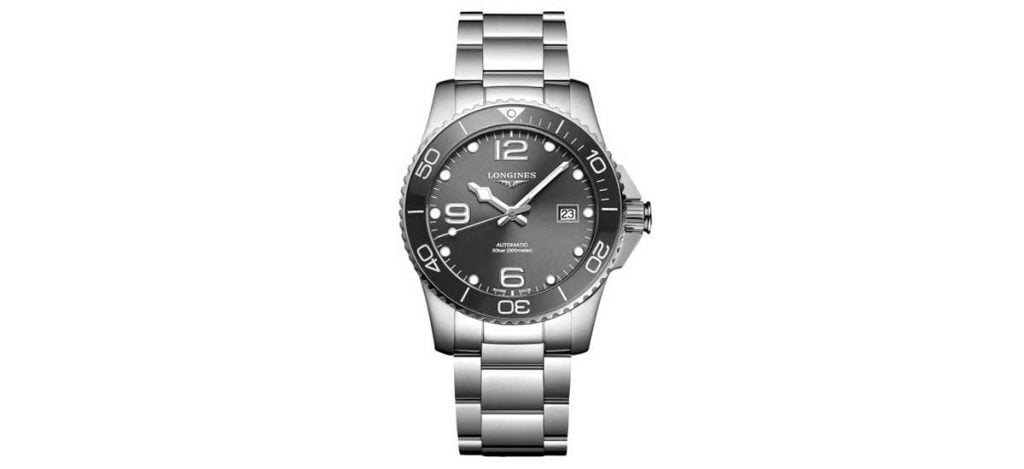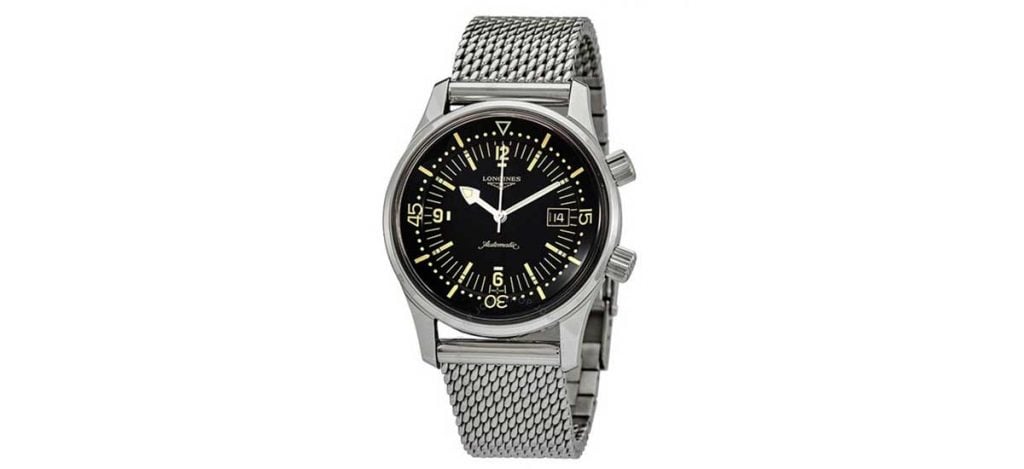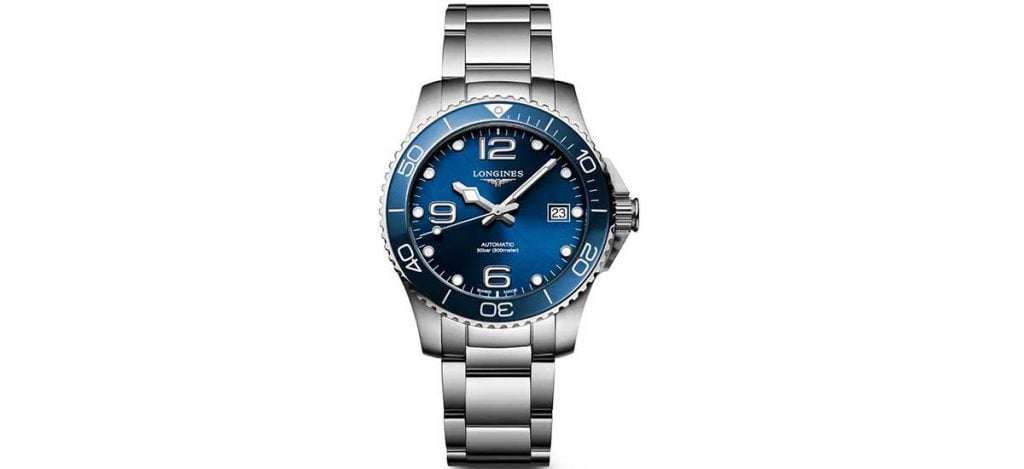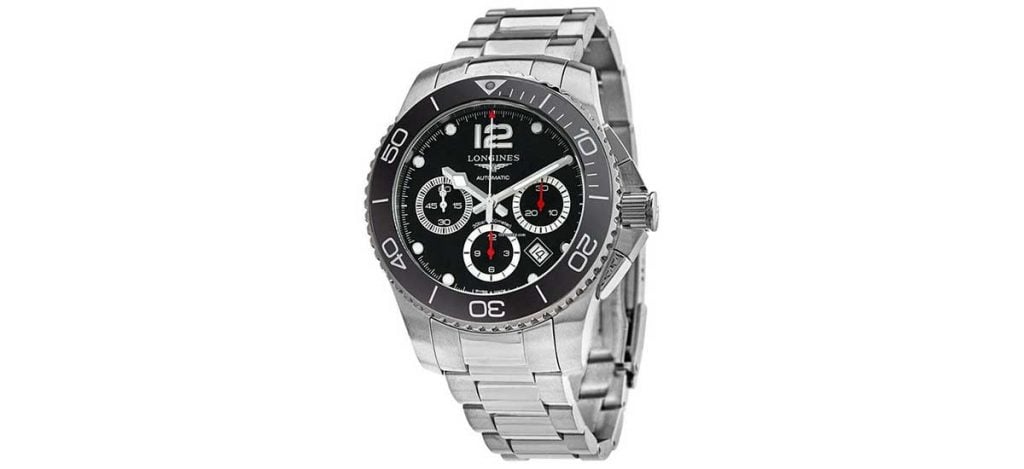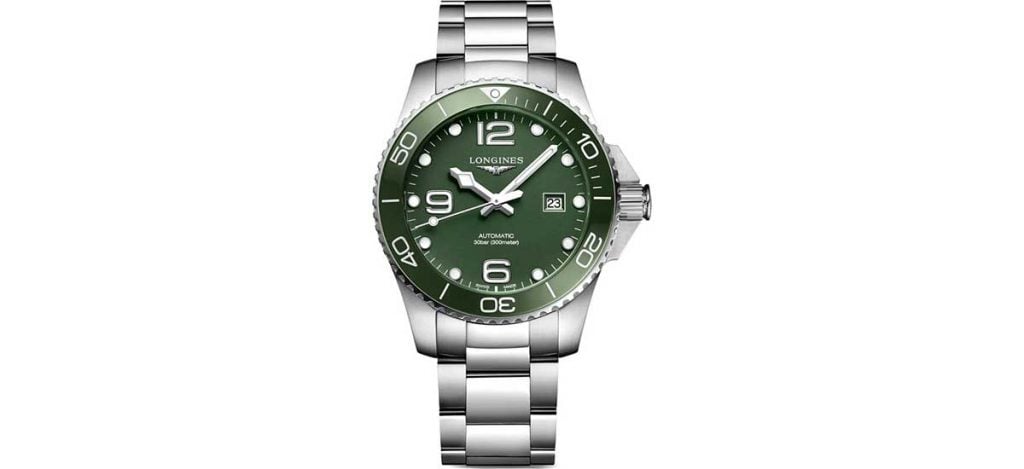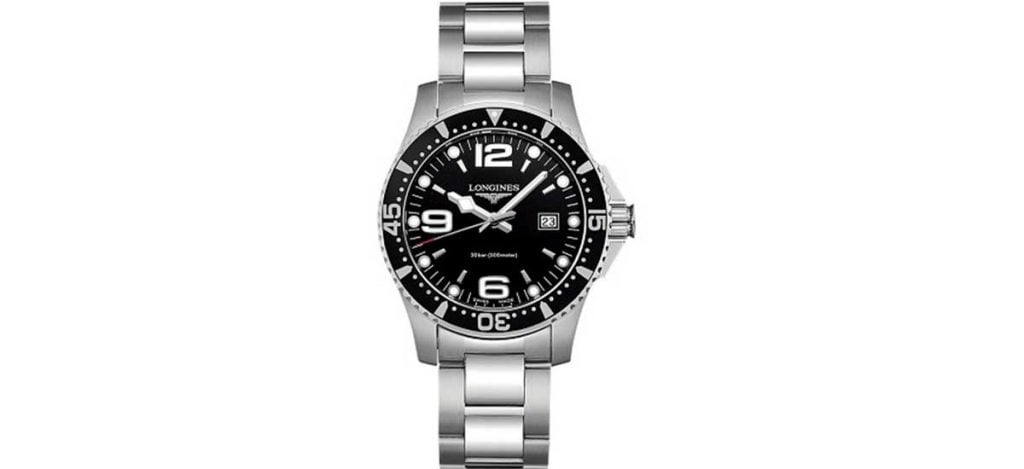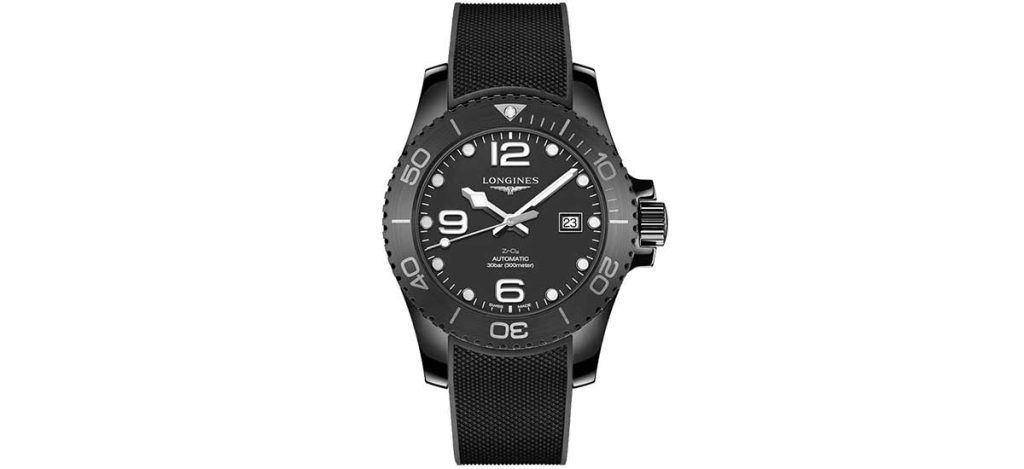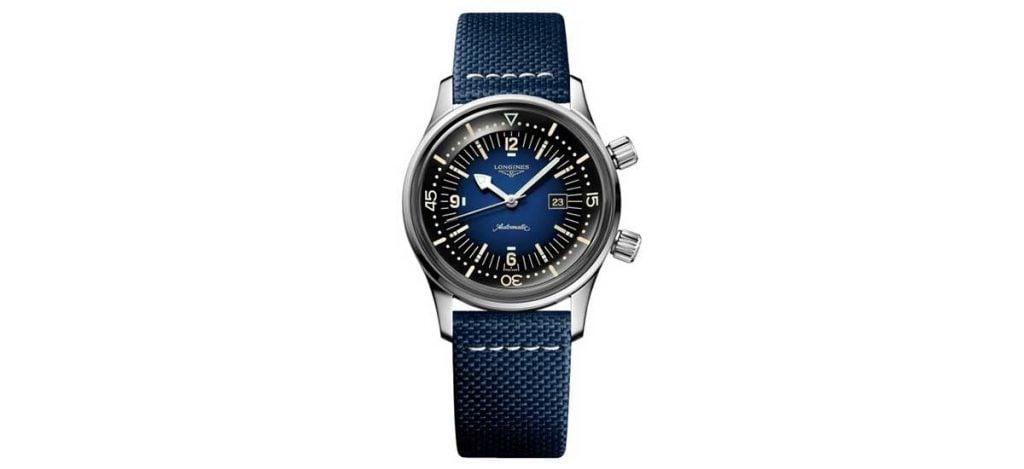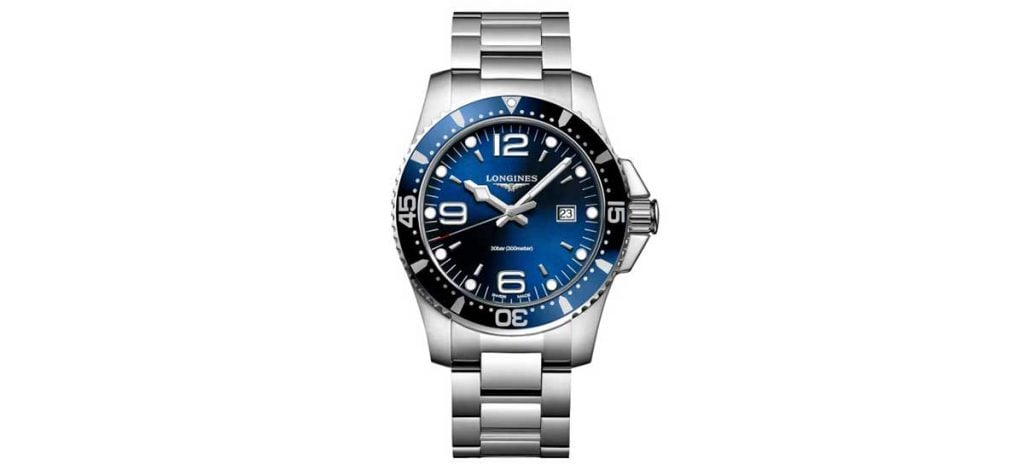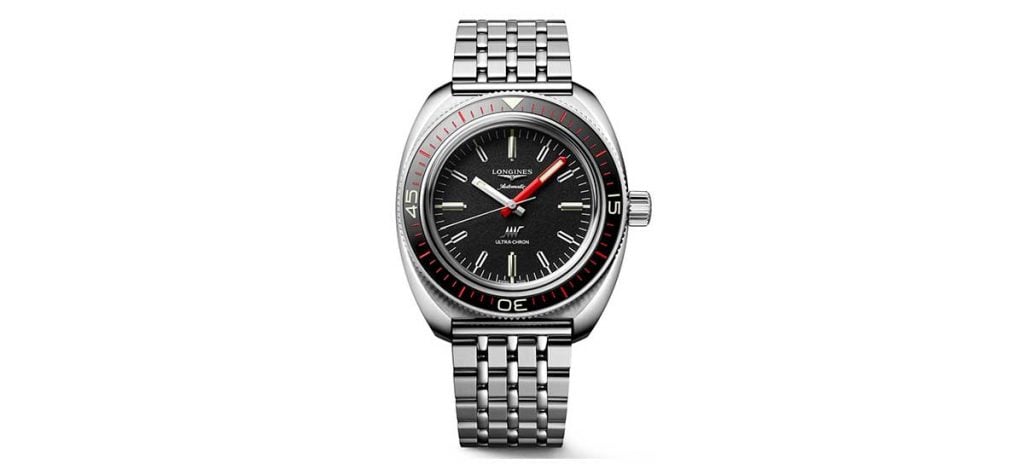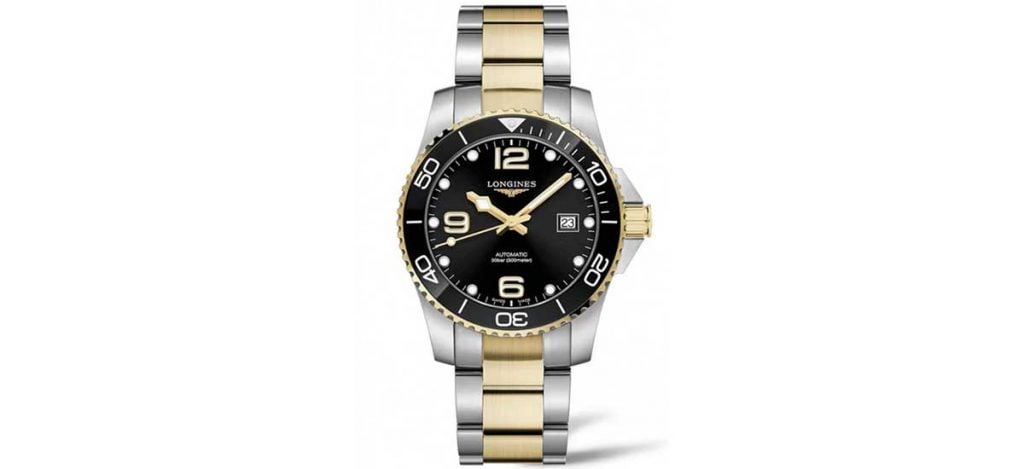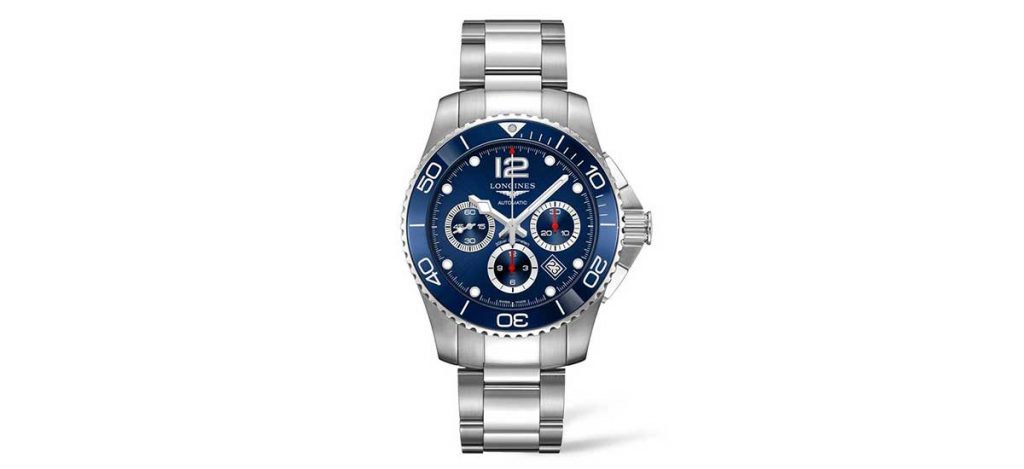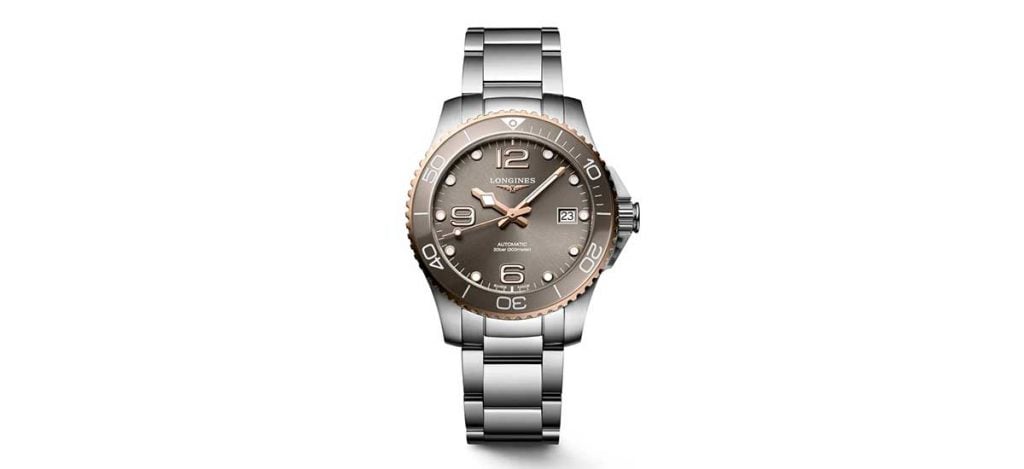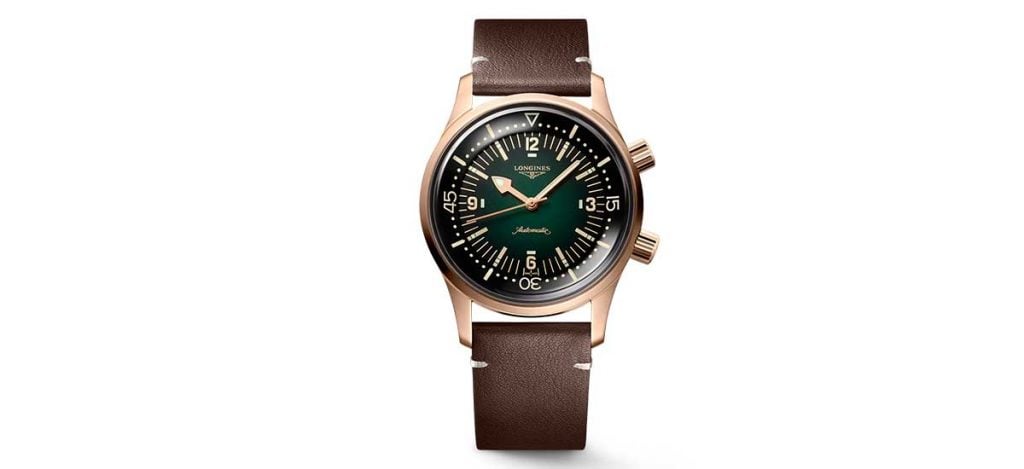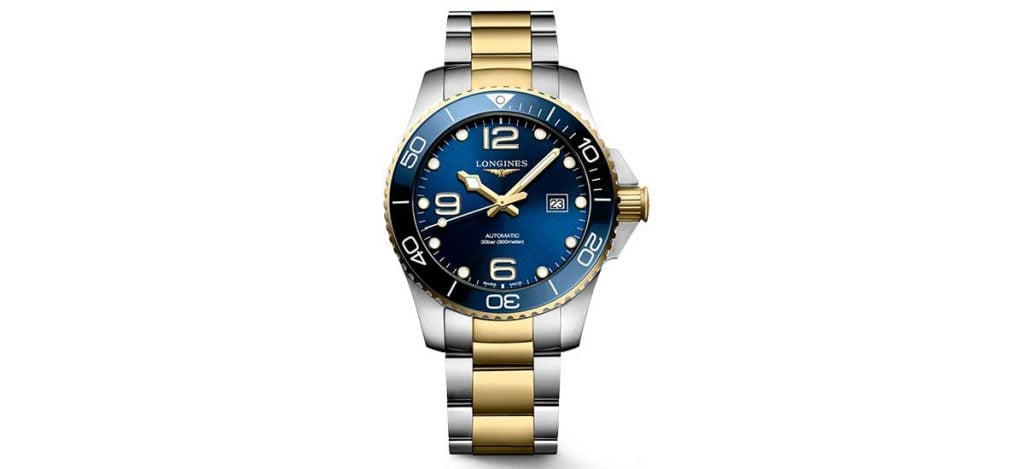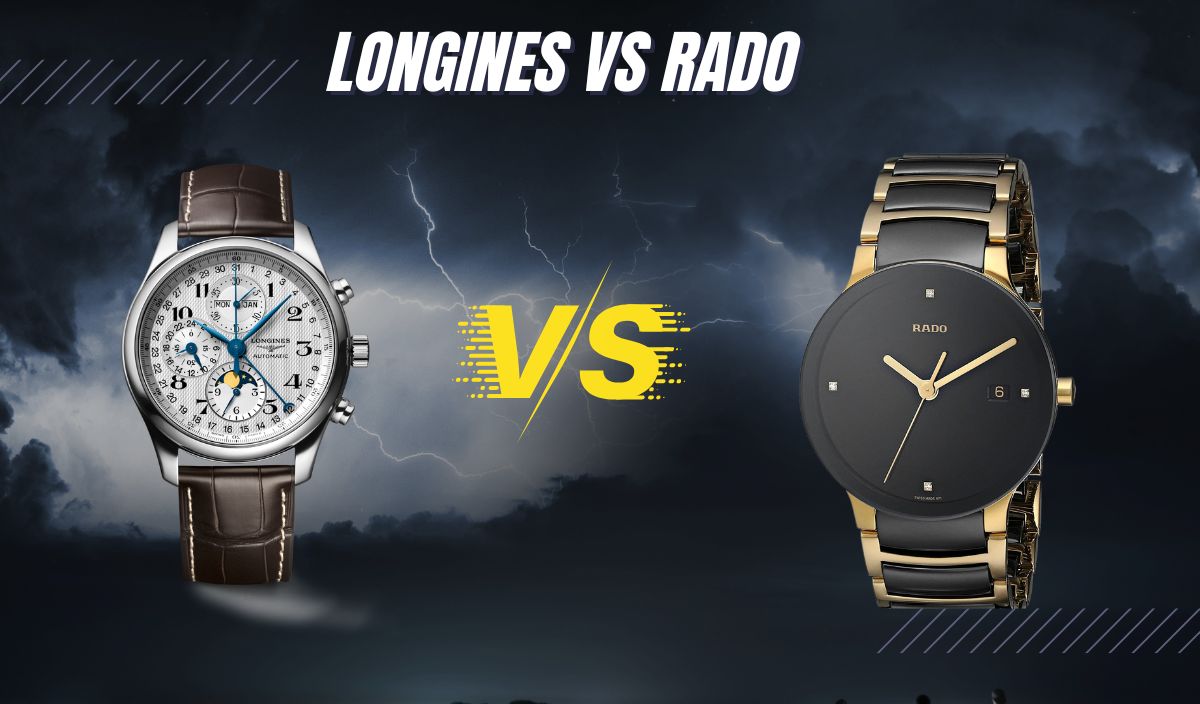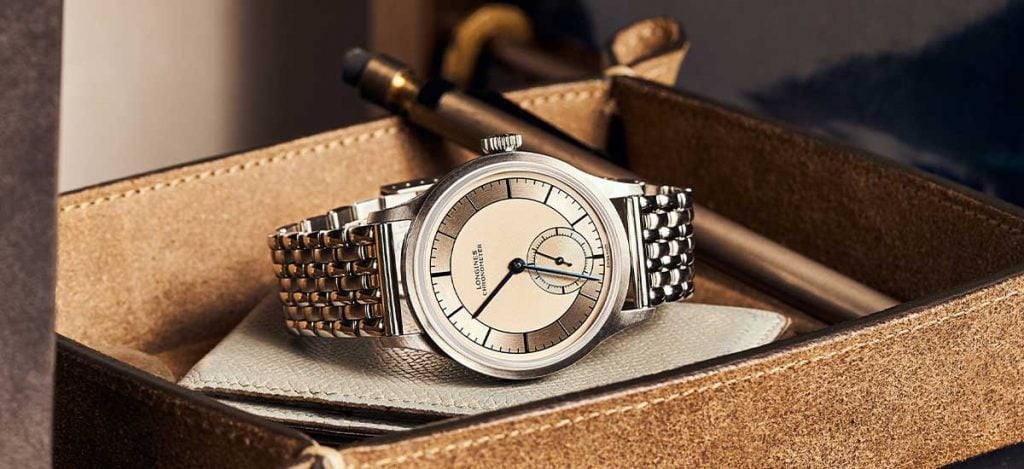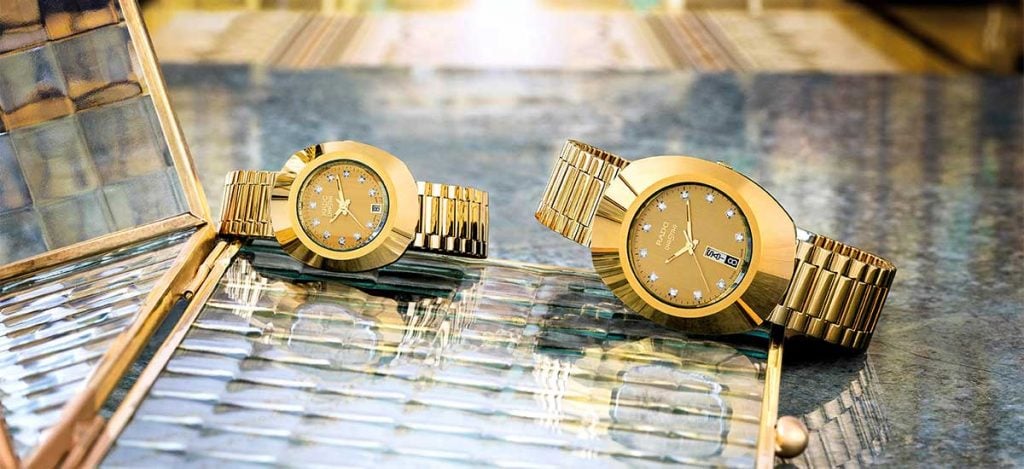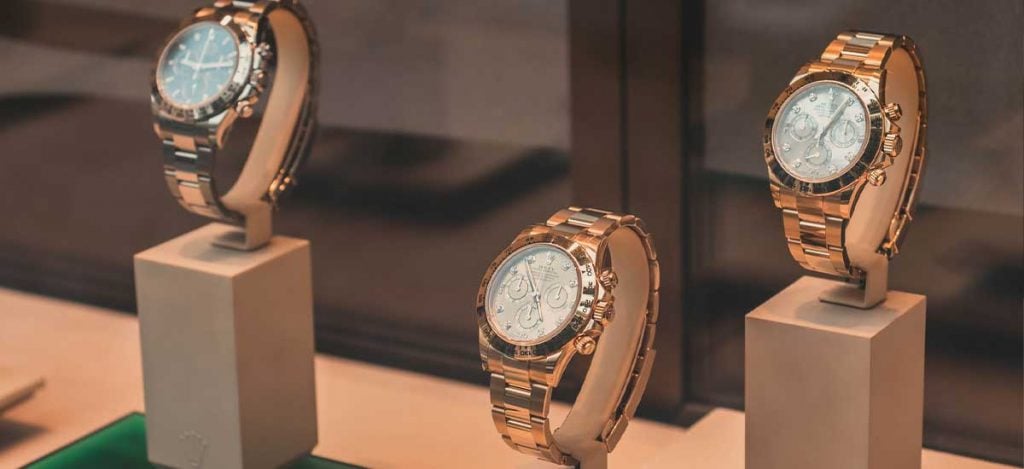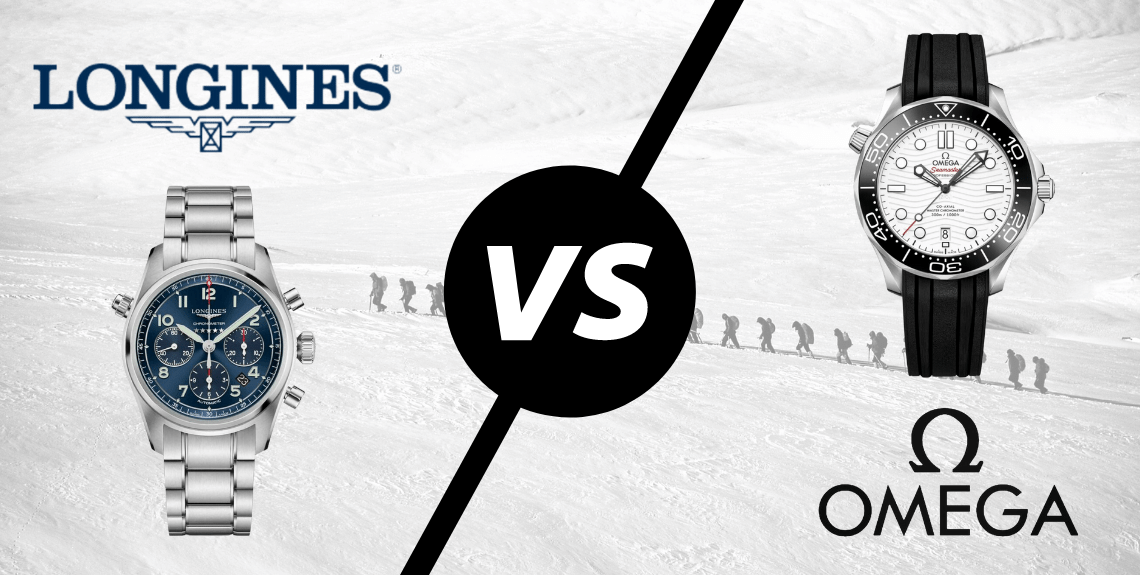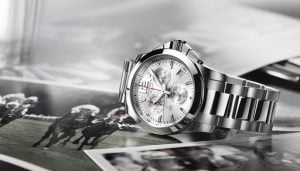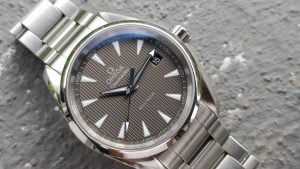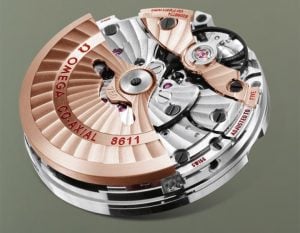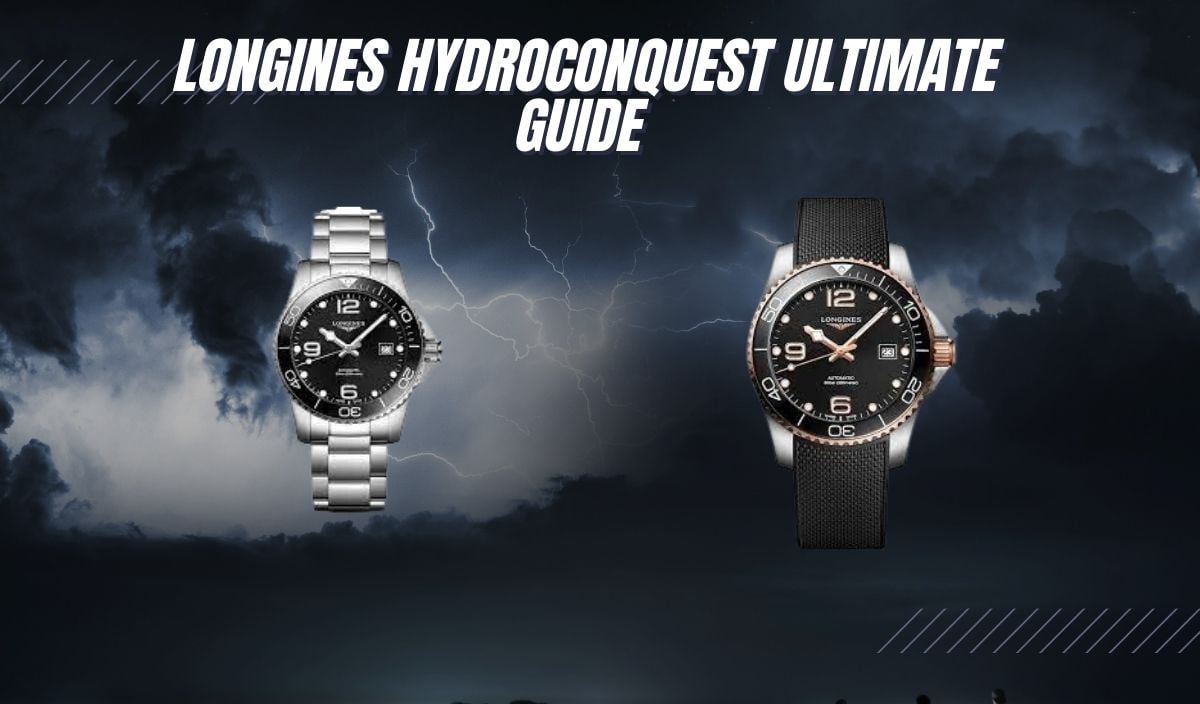
I always advise people just starting a watch collection to get started with a dive watch, and this is because they are one of the sturdiest timepieces out there. Plus, they are versatile and evoke a great sense of adventure. Most of them also offer excellent value for their price, so why not?
But I’m also aware that they aren’t created equally; some are extremely big, some are overpriced, and quite a few just don’t look great. But one that stands out not just to me but also to collectors and enthusiasts worldwide is the Longines Hydroconquest collection.
The Hydroconquest Collection from Longines offers great watches suitable for the modern man. They have tremendous and functional specs for casual wear and a great dive experience, from a rugged build to deep water resistance.
They also come in different sizes and colors. For well-built dive watches priced between $1000 – $2000, they offer tremendous value. This is the ultimate guide to the Longines Hydroconquest collection, an in-depth look into why this is such a hyped collection.
About The Longines Hydroconquest
This collection was introduced by Longines in 2007 and has remained one of the most popular collections from the brand to date. It is known for its functionality, sturdiness, and elegant design in an affordable timepiece.
The watches in this collection have up to 300 meters of water resistance, making them suitable for recreational swimming, professional diving, and any other water-related activities.
They have luminous hands and markers that allow you to navigate the watch properly in the dark. Most of this collection’s timepieces are COSC-certified, making them very accurate.
They come in a variety of dial, strap, and bezel colors. They also give you the option of using your watch with various strap options, which makes them very versatile. They have extended hours of power reserve with an automatic movement that makes them suitable for long hours of activities.
Aside from being functional, the Hydroconquest watches are also stylish. Their stainless steel case, well-polished bezel, and various dial colors make them perfect for any occasion. The timepieces from this collection are the ultimate daily beaters and will do the job if styled on a corporate outfit.
History of Longines Watches
The name Longines comes from the French phrase “Longines meadows”, which is the place where the company’s first factory was located. The company was founded by Auguste Agassiz in 1832 in Saint-Imier, Switzerland.
In the company’s early days, their watches were popular among European aristocrats, and by the late 1800s, the popularity skyrocketed after they began making stopwatches for horse racing. Trace tracks worldwide started using them because of their accuracy.
By the 1900s, Longines started developing new styles of watchmaking. They were among the first companies to begin making wristwatches, and they also created new timekeeping innovations for the navigation of planes.
The company designed the first wristwatch Chronograph for pilots in 1912. Longines designed the Lindbergh Hour Angle timepiece used by Charles Lindbergh for his flight across the Atlantic Ocean in 1931. They were also the timekeeper at the first TransAtlantic flight in 1926.
Today, the company is one of the most highly placed in Horology. Their timepieces are known for elegance, luxurious looks, and unique designs. They also have various categories of wristwatches, from elegant watches worth several thousand dollars to your regular daily beaters for a couple of hundred bucks.
Longines has sponsored countless sporting events worldwide and is also the timekeeper of well-known events like the Formula One World Championship, Olympics, and the Kentucky Derby, amongst others.
Longines Hydroconquest: In-Depth Review
Several aspects of the Longines Hydroconquest add to the uniqueness of this collection. This is an in-depth review to understand the various elements and how they add to the elegance, functionality, and sturdiness of this master collection.
Case Sizes
The Longines Hydroconquest comes in 32mm, 39mm, 41mm, 43mm, and 44mm case sizes. The smallest one is the 32mm case size fit for women who want a watch with a petite and feminine look. This woman’s timepiece has no difference in specs from the bigger ones, so it is also perfect for any activity Hydroconquest timepieces have been designed for.
The 39mm case sizes also fit small and medium-sized wrists, while the others are designed to fit men with bigger wrists. They come with larger straps and more prominent bezels and crowns, which is a perfect choice for people who want a timepiece that will command their presence.
Additionally, different configurations come with the Hydroconquest. On every Hydroconquest timepiece, you can choose between different strap types, making it a watch for every purpose.
Materials
Longines Hydroconquest timepieces come primarily in stainless steel cases, with one particular model coming in a ceramic case. On the sides of the watch is a brushed finish and a polished finish on the top. They also have sapphire crystals, the toughest type of crystals, and they are anti-reflective, making the dial readable under bright light conditions.
Bezels
The unidirectional bezel on the Hydroconquest is one of the essential parts of the watch as it tracks the time of divers underwater. And Longines has made the bezel of each model bold for easy readability.
They come in aluminum and ceramic bezel types. Most divers prefer aluminum watches because they are light on the wrist. While the ceramic bezel is heavy, they are more durable and scratch resistant.
They come in various colors, like black, blue, and green. The Hydroconquest also comes with bezel inserts made with ceramic or aluminum, and they sometimes carry the same color as the dial or are painted with a different color to add some style to the bezel.
Dials
Like most dive watches, the dial on the Hydroconquest is simple for divers to read and interpret easily. The hour and minute hands are larger than the average timepiece, and they are luminous.
The hour hand has a diamond shape for easy differentiation from the minute, even in the roughest conditions. Most have Arabic numerals and markers with a date window at 3 o’clock. They come in various dial colors like black, white, blue, and green, with black as the most used. Blue is also famous because of the stylish look it adds to the timepiece.
Movement
The Longines Hydroconquest comes in quartz and automatic movements. Most automatic versions come with the Caliber L888, based on the ETA 2892-A2, with a 64 hours power reserve, while the newest GMT version comes with the Caliber L844.
The quartz models come with either the Caliber L156 or L157, which both run on a battery with a very long lifespan. For about $900, you can get a Hydroconquest quartz watch, while the automatic models have a starting price of about $1,200.
Straps
What gets me hooked on a timepiece is its versatility, which is precisely what the Hydroconquest represents. The most popular strap option for the Longines Hydroconquest is a stainless steel bracelet, but there are other options of straps you can swap it out with, including leather, rubber, and NATO straps.
These strap options make the Hydroconquest collection versatile, as every watch can be comfortably styled on any outfit and for any purpose. The rubber and NATO straps could be used in harsh conditions like underwater, hiking, workouts, or fieldwork.
The leather strap can be styled casually or on corporate outfits, while the stainless steel is a versatile option that can be styled up or down.
Case Back
For a dive watch to be complete, it needs a solid screw-down case back to ensure no water passage. The Hydroconquest has a well-built stainless steel screw-down case back that adds to its excellent water resistance of 300 meters. It also has the Longines logo boldly engraved on it with the model number.
Should You Buy The Longines Hydroconquest?
Longines Hydroconquest are not the fanciest watches, but they are one of the most versatile. They are rugged and will play the role of an excellent daily beater. So who should wear the Hydroconquest timepiece?
Firstly, no one appreciates a good dive watch like professional divers. The deep water resistance, bezel for tracking underwater time, and screw-down crown make it the perfect underwater companion.
Secondly, Hydroconquest watches are built to withstand the harshest conditions, so this is also a timepiece for people who are constantly outdoors and need the perfect daily beater. The quality and price of watches from this collection also make them ideal for people looking for durable and affordable timepieces.
Longines Hydroconquest Pricing and Availability
Not only is the company’s official website the best place to buy from, but it is also the safest place to be confident that you are getting an original timepiece. A reputable dealer is another option for buying a Longines Hydroconquest. They can also be found in online stores and marketplaces like eBay and Amazon.
The timepiece’s price is determined by the movement and material used in the production. A Hydroconquest with an automatic movement is more expensive than the quartz. Buying a brand-new Hydroconquest will cost you between $1,000-$2,000, while the more advanced all-ceramic model costs a little over $4,000. A pre-owned timepiece can cost between $800-$1,500.
Conclusion
The Longines Hydroconquest is packed with features that make it fit for both professional divers and anyone looking for a sturdy and stylish timepiece for any occasion. So if you have been looking for an affordable watch that is versatile and that can also last you a lifetime, the Longines Hydroconquest is an excellent option.

